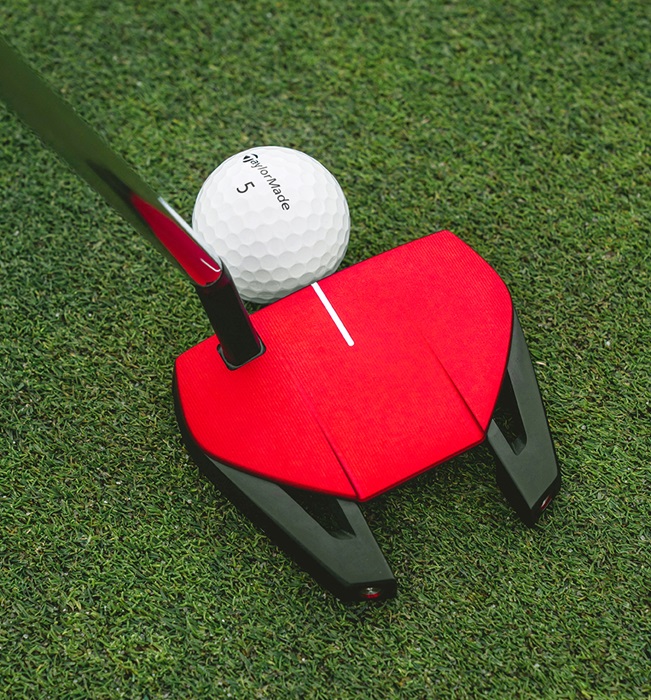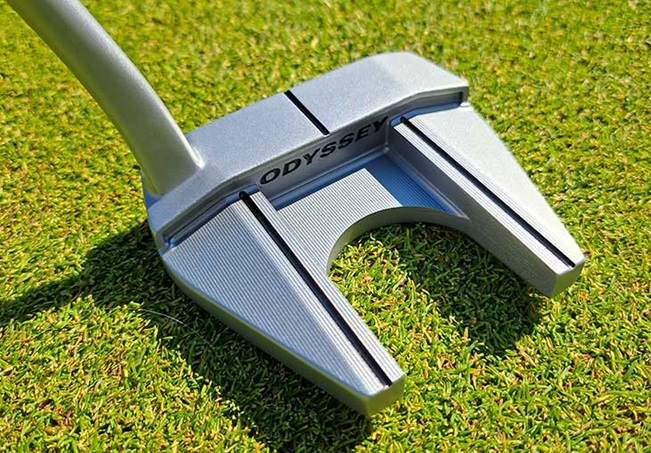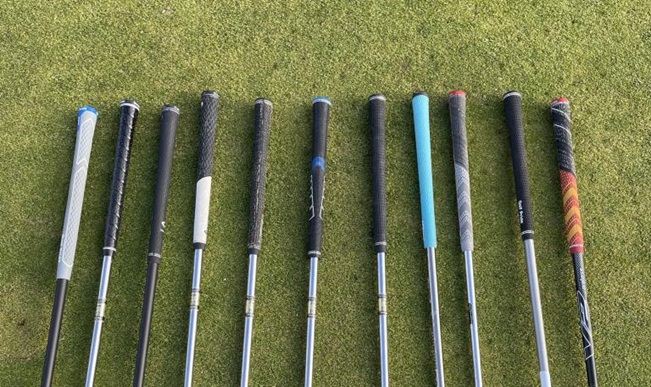Same as with any sport, to be able to get the results you expect in golf, you need to have reliable equipment to back you up, primarily the ideal clubs as it’s all to do with making the perfect strokes for getting the perfect scores. Out of all the designs and options, putters hold a special place because they can be true game-changers when it comes to playing and scoring with adequate finesse and precision.
What Is the Definition of a Putter?

Basically, it’s the type of club designed for hitting the ball at a short distance with as few strikes as possible when on the green. What defines a good putter? The answer to this crucial question every golfer starts out with when choosing from a range of maneuverable golf putter collections differing in brand, features, and price has to do with focusing on aspects that make it ideal for you.
Checking the desired model’s shaft length, clubhead weight, shape, and balance is important, and so is making sure it’s the right fit for your individuality of the game, specifically your putting strokes – whether they’re more straight, arched, or half-arched. During impact, you also need to have an adequate level of feel.
How Do I Choose a Putter?
What would make shopping for golf putters for sale easier for you first and foremost is if you got acquainted with the components the putter consists of, such as the clubhead, the shaft, and the grip. Your comfort and success depend on these three:
Clubhead

This is available in a range of shapes, from blade and mallet to half-mallet, thus allowing you the choice from different levels of forgiveness, control and alignment resistance. It’s also this component that can affect the club feel mainly due to the grooves or insert technologies.
Each of the designs of golf putter clubhead is suitable for different types of strokes. For example, the straight-stroke golfer could benefit from the mallet which is bulkier than the lightweight blade suitable for golfers with arched strokes. Neither strictly as thin and agile as the blade, nor as forgiving as the mallet, you have the perfect balance between the two in the half-mallet perfect for golfers who like to arch back and then do a straightforward downswing.
When choosing as a beginner, you might want one out of two things: control or speed. If it’s more control, a heavier clubhead would be better for making smoother swings, whereas if you’re after more speed, then there’s no doubt the lighter alternative would be the ideal option for you.
In terms of clubhead balance, there’s another distinction you ought to be aware of and it’s that of the toe-hang and face-balanced putters. If you see these two mentioned when shopping for this club, keep in mind it has to do with the way you swing when faced with putting.
For example, the toe-hang is the clubhead that rests when balanced on the golfer’s fingers, towards the toe of the putter specifically. As such, it’s the perfect choice for golfers with arched putting strokes as they result in an added inertia during impact.
As opposed to this, the face-balanced is the option where the clubhead faces sideways when placed in the golfer’s palm, so the focus is on the clubface. This makes such putters highly forgiving and ideal for golfers who do straight-back-and-forth strokes. hen you have no problem with alignment or speed, but need more forgiveness, it’s face-balanced you should look into.
Shaft
Next up is the part that acts as the connector between the clubhead and the grip. With such a central role, it has its importance in the overall balance of the club, especially the shaft’s length. The taller you are, the longer the shaft should be, but usually, it’s the range between 83 to 88 cm that suits most golfers. Given that the shaft influences your control over the putter, and the consistency of the strikes, if you’re taller than 1.90 m or shorter than 1.70 m you should consider getting a custom-made putter.
Grip Options

Not less important than the other two components, the grip is the only one that allows you to have direct contact with the putter. As it’s the part that can influence a golfer’s steadiness and strike smoothness execution, it’s necessary to choose the one that mostly feels great for your hand size and personal preference when it comes to shape, size, and material.
If you like to have more control over the strikes, opting for a smaller grip than you would normally pick is the better choice as it would let your hands do the work when you find yourself on the green. If you’d like to add more weight, however, and prevent the twitching motion, then it’s best to go for a bigger grip.
























